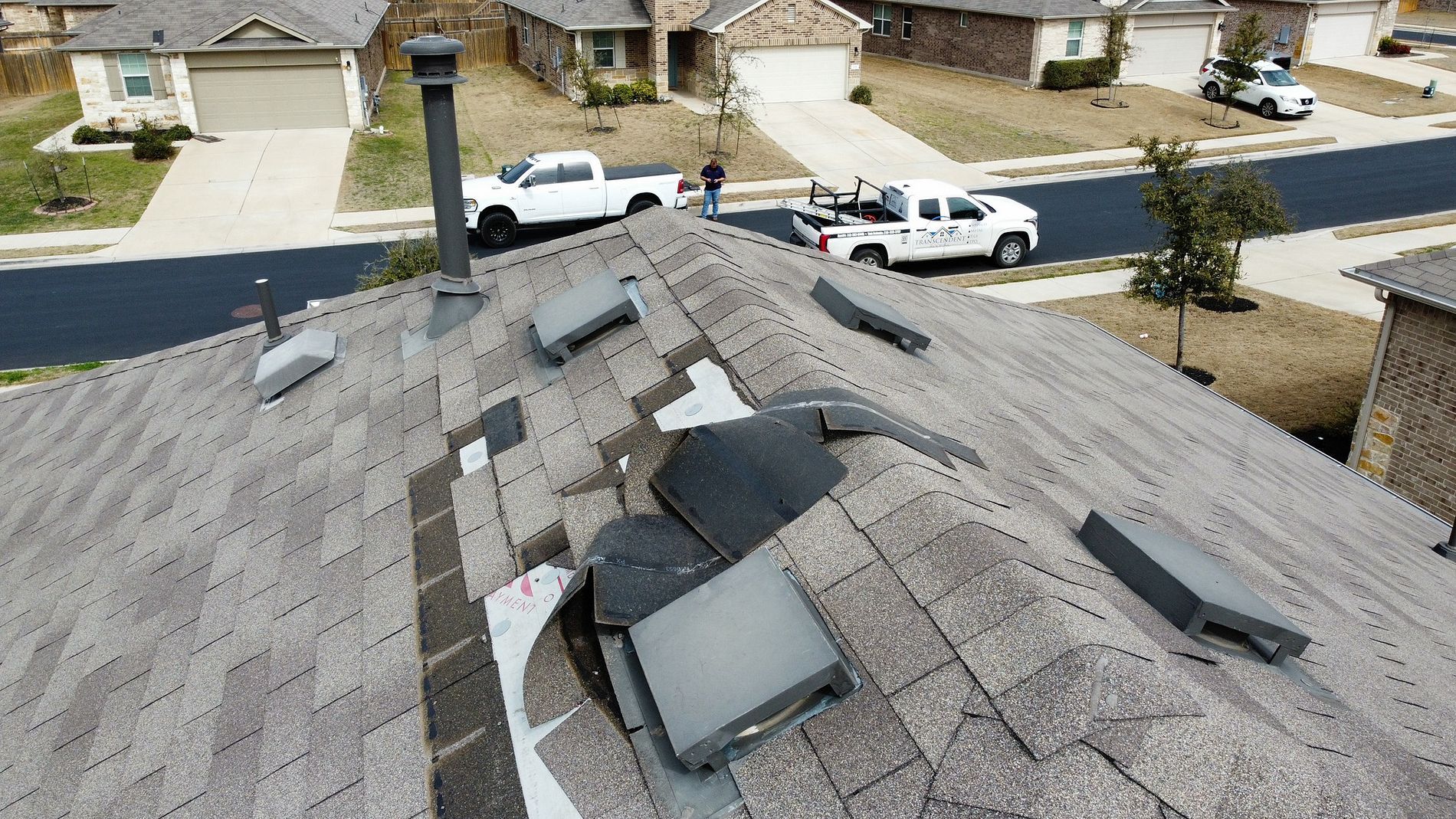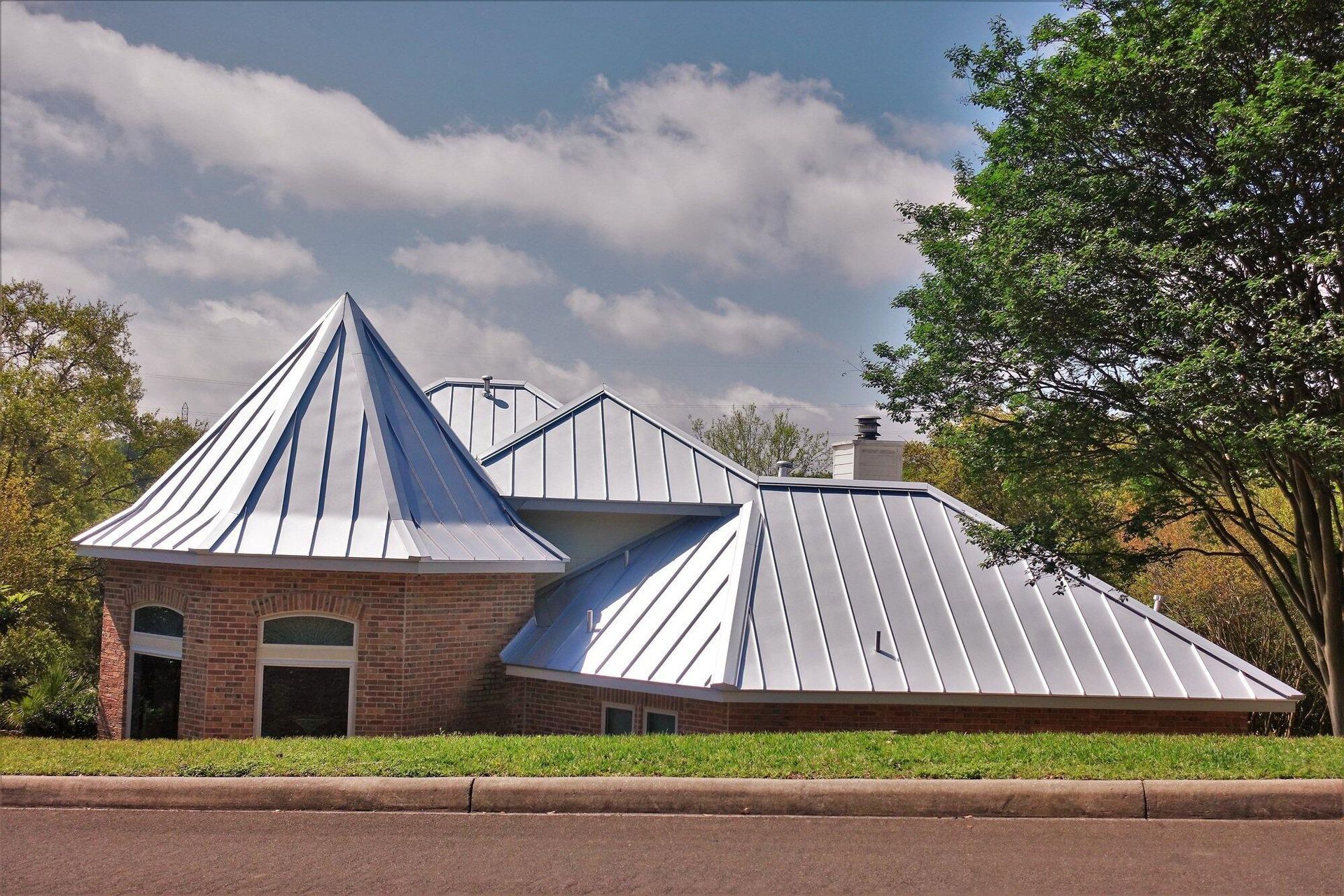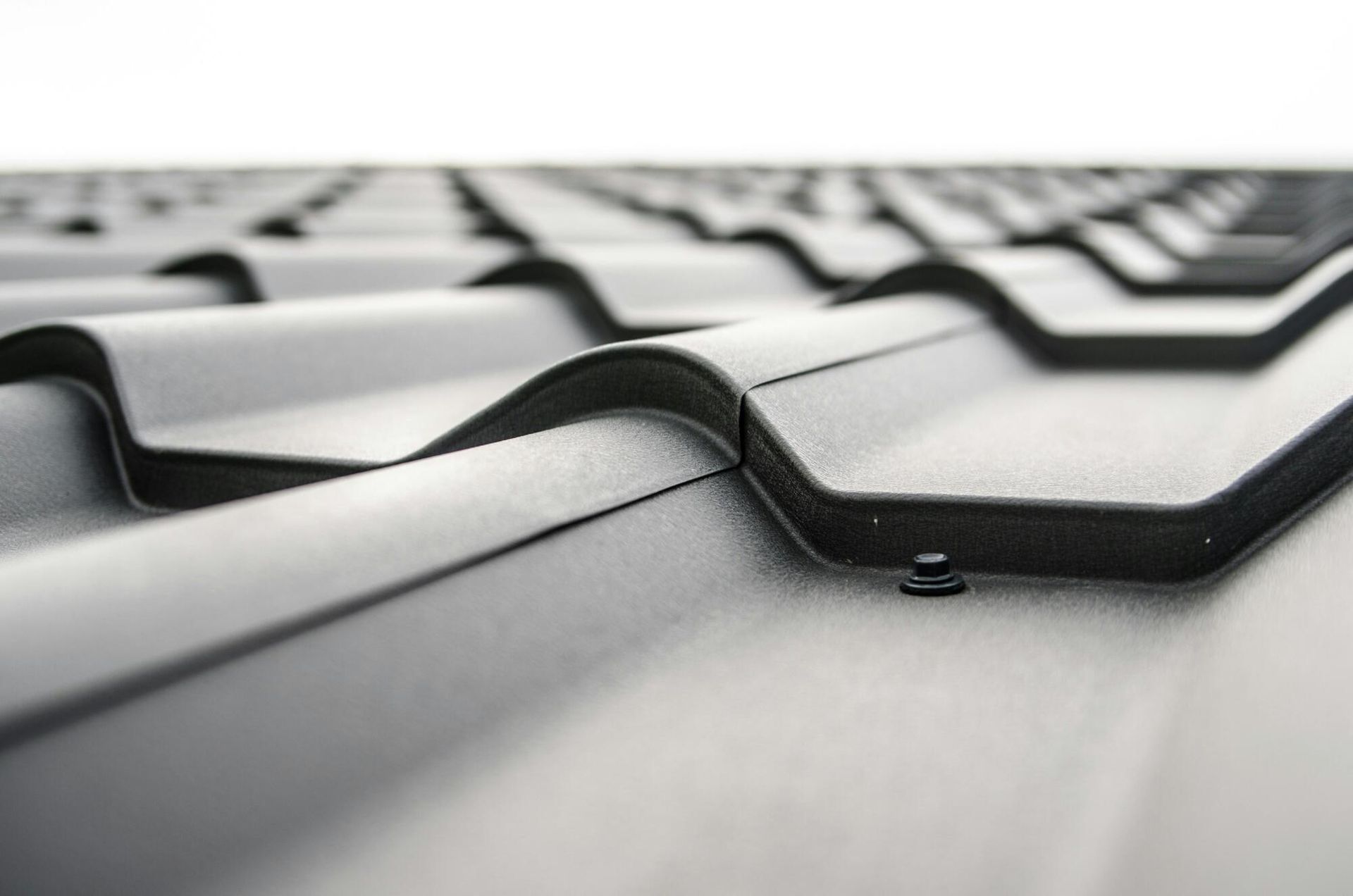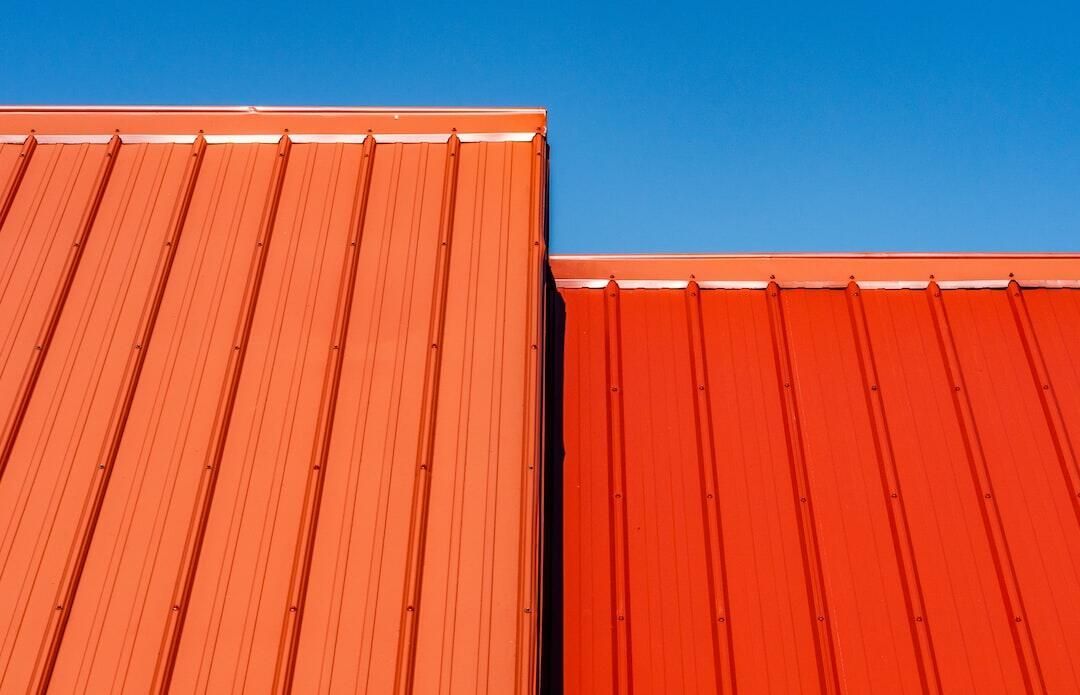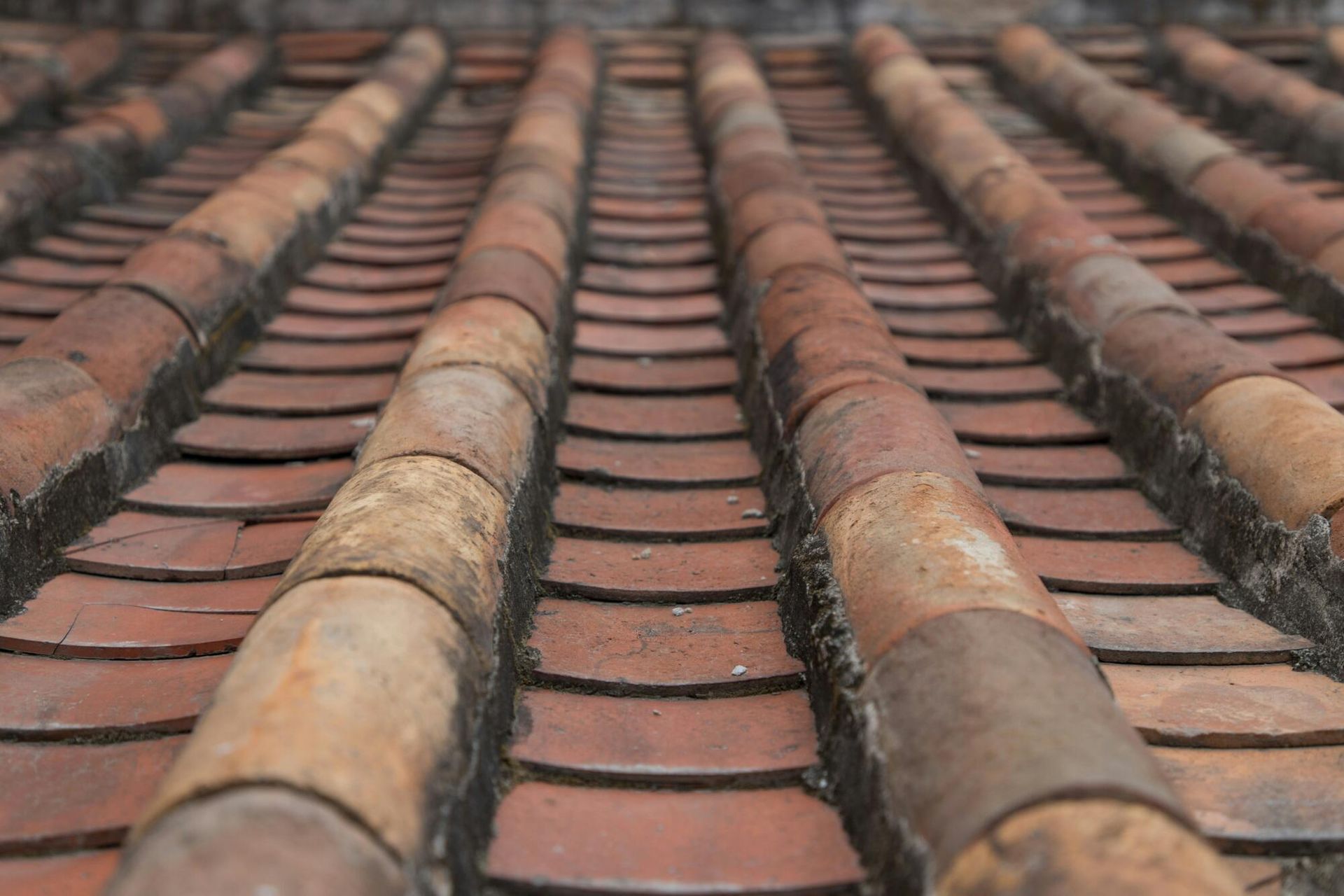The Anatomy of a Roof: Underlayment
Welcome back to our “Anatomy of a Roof” series! Last time, we talked about roof decking — the strong foundation that supports your entire roof system. Today, we’re looking at the next layer up: roof underlayment.
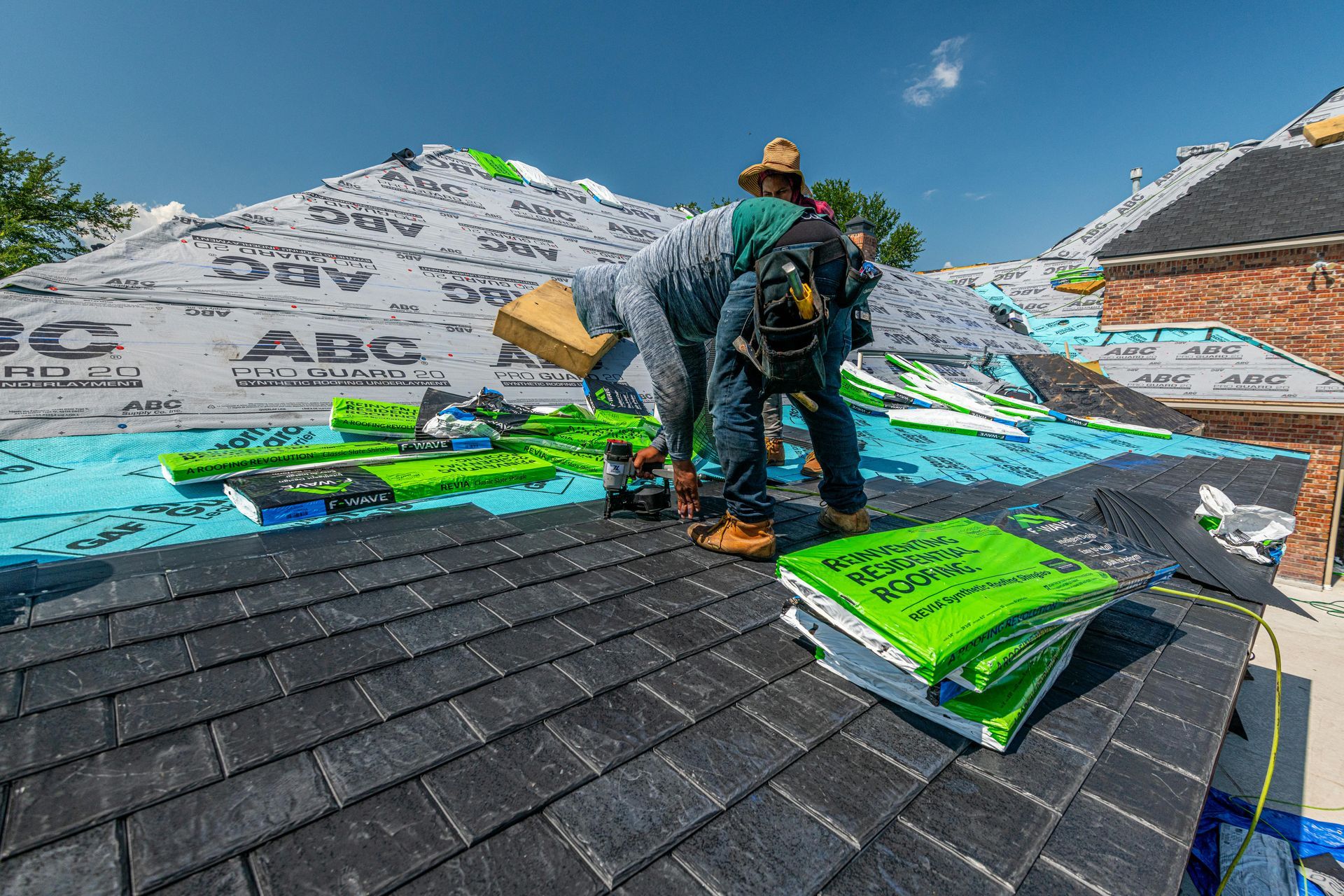
What Is Roof Underlayment?
Roof underlayment is a thin layer of material that sits directly on top of your roof decking and underneath your shingles or metal panels. It acts as a protective barrier between your decking and the outside world.
Traditionally, underlayment was made from asphalt-saturated felt (often called tar paper), but modern roofs often use synthetic underlayment that are stronger, lighter, and more water-resistant.
Why Underlayment Matters
Your roof underlayment does more than you might think! Here’s why it’s so important:
- Water Protection: It keeps rain, snow, and wind-driven moisture from getting to your decking.
- Extra Insurance: Acts as a backup layer if shingles or panels are damaged or blown off.
- Improves Roof Lifespan: Reduces risk of leaks and rot, protecting your investment.
- Fire Rating & Building Code Compliance: Certain underlayments can improve fire resistance and meet local codes.
In other words, underlayment is like your roof’s raincoat — quietly working behind the scenes to keep everything dry and protected.
Types of Roof Underlayment
- Asphalt-Saturated Felt: The traditional option, still common but less durable.
- Synthetic Underlayment: Stronger, tear-resistant, UV-resistant, and lighter — a popular choice for modern roofing.
- Rubberized Asphalt Underlayment: Self-sealing and waterproof — often used in vulnerable areas like valleys and eaves.
Signs of Underlayment Issues
Since it’s hidden under your roof covering, you usually won’t see underlayment problems until they cause damage. Look out for:
- Leaks or water stains inside your home – may indicate compromised underlayment.
- Premature roof failure – often tied to missing or damaged underlayment.
- Curling or lifting shingles – water might be getting underneath and damaging the layer below.
Maintenance Tips
- Regular Roof Inspections: Especially after major storms.
- Prompt Repairs: Address missing shingles quickly to keep the underlayment intact.
- Choose Quality Materials: When replacing your roof, ask about synthetic underlayments for better long-term protection.
Wrapping Up
Roof underlayment may be out of sight, but it’s one of the most important layers protecting your home. Without it, even a well-installed roof can let water seep in and damage your decking.
Stay tuned for Part 3 of our “Anatomy of a Roof” series, where we’ll cover the roof covering — shingles, metal, or tile — the layer everyone sees but few fully understand.
Contact Us!
📞 512-629-4949
🌐
https://www.austinroofingandconstruction.com/


